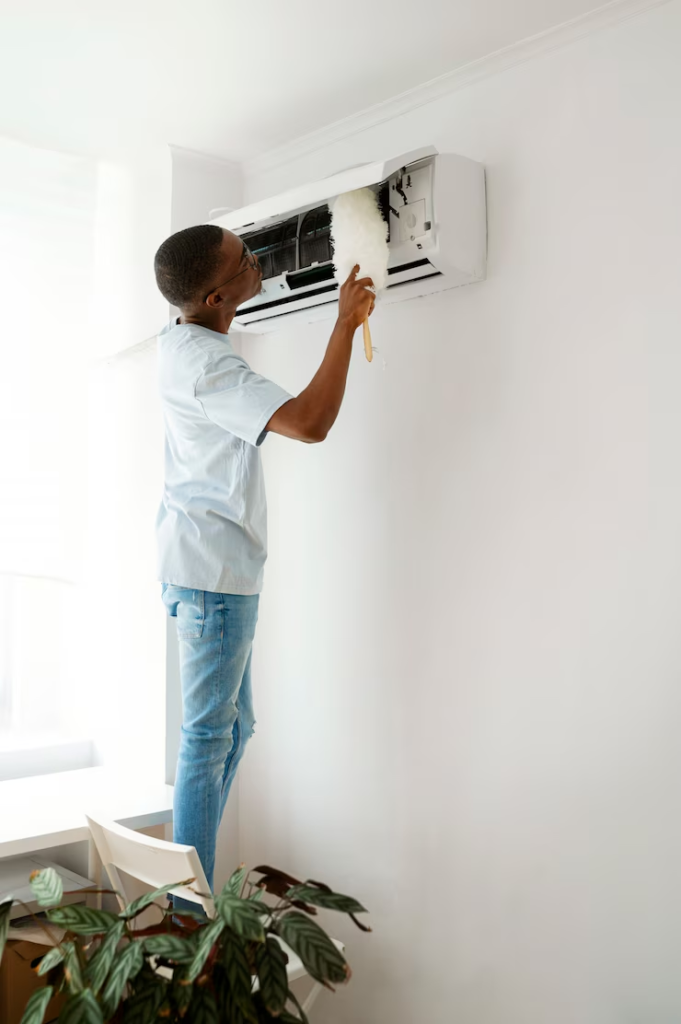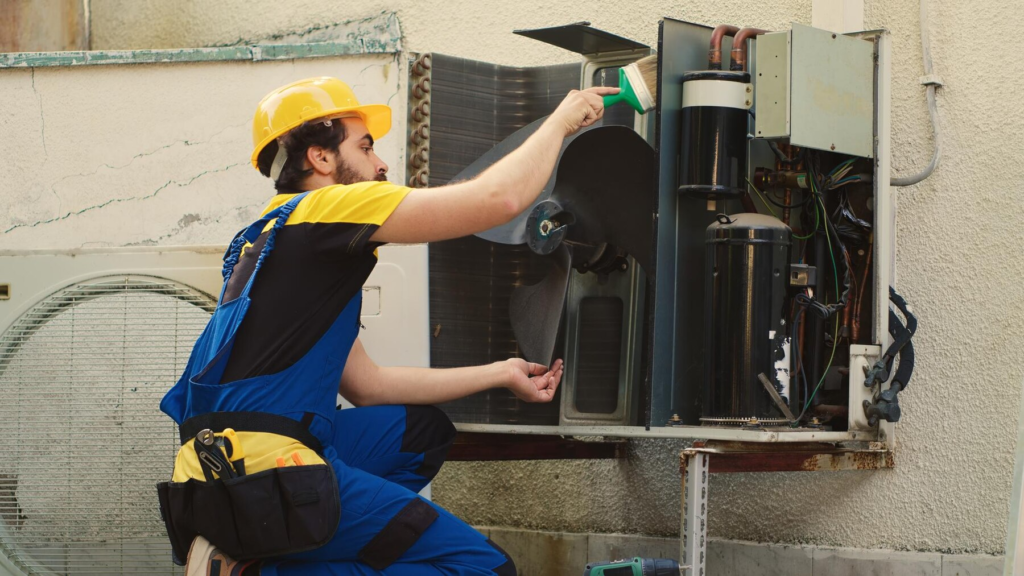Heating and cooling systems are a significant factor during hot months, and once the new system is installed, maintenance is necessary to promote its longevity. To confirm that your AC replacement is running efficiently, utilize a systematic approach based on practical and measurable steps. Here is how to maintain your new AC replacement:
Understanding the Control System and Settings
Regardless of whether the system has a traditional thermostat or a smart controller, understanding how to control and read temperature settings, fan speeds, and operating schedules will be helpful. Familiarity with modes like cool, auto, and fan-only confirms that the system runs only when required and not under stress. When the settings are adjusted according to the occupancy and the outside temperature, the system does not strain and remains in good condition over time.

Prioritizing Filter Changes on Schedule
Air filters help maintain the quality of the air inside the building and the efficiency of the systems. A new system will often be accompanied by a particular type of filter, which should be monitored and replaced based on its design and the conditions in your home. The type of air filter can also affect how often it needs to be changed, due to pet hair, pollen, or construction dust. A clean filter facilitates fresh air to flow through the AC without any hindrance, reducing the amount of work the AC has to do.
Inspecting the Outdoor Unit and Clearance
The outdoor part of a central AC system needs to be monitored frequently. While it is designed for exterior environments, it performs optimally when unobstructed. A unit surrounded by vegetation or stored materials may have limited heat exchange, making the system work harder. Confirm that there is free space around the condenser at all times. This helps in the proper circulation of air and heat dissipation. A weekly or bi-weekly check involves checking for any objects that may be blocking the unit or its vents.
Maintaining the Drain Line and Monitoring System
Each central AC system has a condensate drain line that removes the moisture formed during the cooling process. This drain can, over time, collect sediment or organic debris, which may cause blockage. If the drain line is blocked, water may accumulate. This could disrupt the functioning of the system. By confirming that the line is free from any unnecessary interferences, you help the AC replacement avoid interruptions caused by preventable drainage problems.
A newly installed system should have a regular cycling pattern of operation. It should run for a certain period to achieve the desired temperature and then turn off for another period. If the unit starts to short-cycle or run longer than expected, it may be a sign that you need to adjust the settings. Observing these patterns without interference helps to understand the general functionality of the equipment. Taking note helps homeowners learn how the unit starts, functions, and halts during regular weather conditions. This awareness helps in the early identification of problems and enhances communication with service professionals during inspections.

Scheduling Routine System Evaluations
Periodic assessments by trained personnel offer a more comprehensive perspective of the system’s state. A new installation should be inspected regularly, especially when there is a change of season. These checks help to maintain the refrigerant charge and clean coils, and lead to the proper functioning of the components. Adhering to a consistent inspection timeline maintains the system’s calibration and efficiency. This is possible without relying on guesswork or assumptions. This approach fosters predictable, uninterrupted cooling performance.
The quality of air inside a building can affect the efficiency of an AC system. Keep the areas around return air vents and room registers clean. Dust buildup around vents hampers efficiency. It contributes to the circulation of dust particles within the system. You should vacuum the areas around these vents and make sure there are no obstructions to the flow of cool air. This focus on air circulation contributes to steady cooling, which in turn enhances the reliability of the system.
Work With an AC Replacement Company
While it is necessary to be proactive and informed in order to take care of your new AC replacement, it is equally significant to seek help from professionals. These experts focus on the care of your system after installation. Your air conditioning system specialist offers timely servicing and seasonal attention to keep your unit running efficiently. Whether you need to set up a system inspection or get ready for the change of the season, call an expert today to schedule an appointment and discuss your options.






